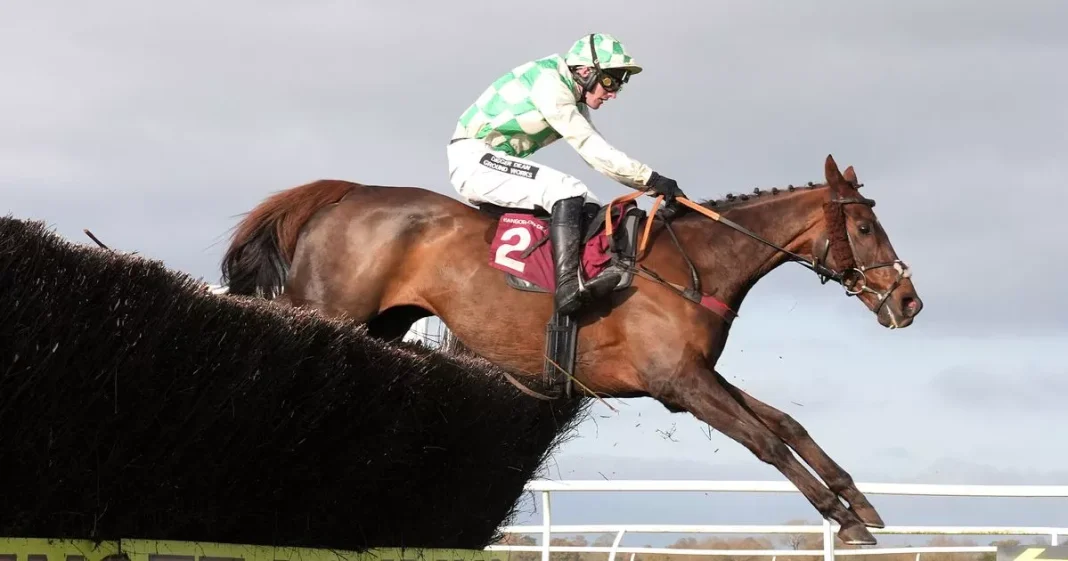The post-morten examination of Celebre D’Allen, the horse who died three days after collapsing in the Grand National on Saturday, has been released. A 125-1 chance for the big races he was one of two horses who required veterinary attention in the immediate aftermath when it was hoped he would make a full recovery.
Trained by Philip Hobbs and Johnson White, the 13-year-old had led the field with three fences to jump, but he was headed before the second last and pulled up on the run-in after tiring. He then collapsed whilst being walked in by the veterinary team on the home straight.
His jockey Micheal Nolan appeared before stewards who held an inquiry to consider whether he had continued to race when the horse appeared to have no more to give and was clearly losing ground after the second last fence. He was suspended for ten days.
Prospects had appeared much brighter for Celebre D’Allen after a night under observation in the racecourse stables after but on Tuesday the sad news was broken by the stable that he had died.
“We’re heartbroken to share that Celebre D’Allen has passed away,” the stable announced on its X account.
“He received the very best treatment by the veterinary teams and was improving. However, he deteriorated significantly last night and could not be saved. He was a wonderful horse and we will all miss him greatly.”
The British Horseracing Authority ordered a post-mortem of the horse to be carried out by Rossdales Veterinary surgeons in Newmarket and following its completion, Celebre D’Allen’s owners and trainers gave permission for the key findings to be made public.
The BHA statement said: “The post-mortem was carried out by Rossdales Veterinary Surgeons of Newmarket. The findings of the post-mortem state that the exercise-associated episode experienced by the horse after the race had concluded by the time of death.
“However, a severe bacterial respiratory infection (pleuropneumonia) had occurred post-race which led to the horse’s deterioration on Monday evening, with the subsequent onset of sepsis or endotoxaemia (the release of harmful substances into the bloodstream from bacteria) likely to have been a key factor in the cause of death.
“Blood tests taken from the day of the race indicate that the infection had not been present in the horse on raceday, and was therefore developed after the race.
“Further bloods taken on the Monday indicated a severely compromised immune system. These indications had not been present in the bloods taken on the day of the race. This indicates that this issue emerged subsequent to the race and the exercise-associated episode.
“The heart pathology found no issues which are likely to be significant in the death of the horse.
“As stated previously, the circumstances around the fatality – as is the case with any fatal injury – are being reviewed in detail. The post-mortem forms one part of this process. In addition, the Grand National is always reviewed in detail after every running of the race by the BHA and the Jockey Club.”
At Reach and across our entities we and our partners use information collected through cookies and other identifiers from your device to improve experience on our site, analyse how it is used and to show personalised advertising. You can opt out of the sale or sharing of your data, at any time clicking the “Do Not Sell or Share my Data” button at the bottom of the webpage. Please note that your preferences are browser specific. Use of our website and any of our services represents your acceptance of the use of cookies and consent to the practices described in our Privacy Notice and Cookie Notice.






